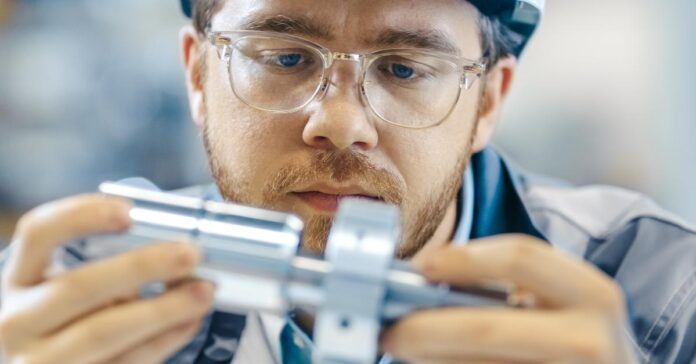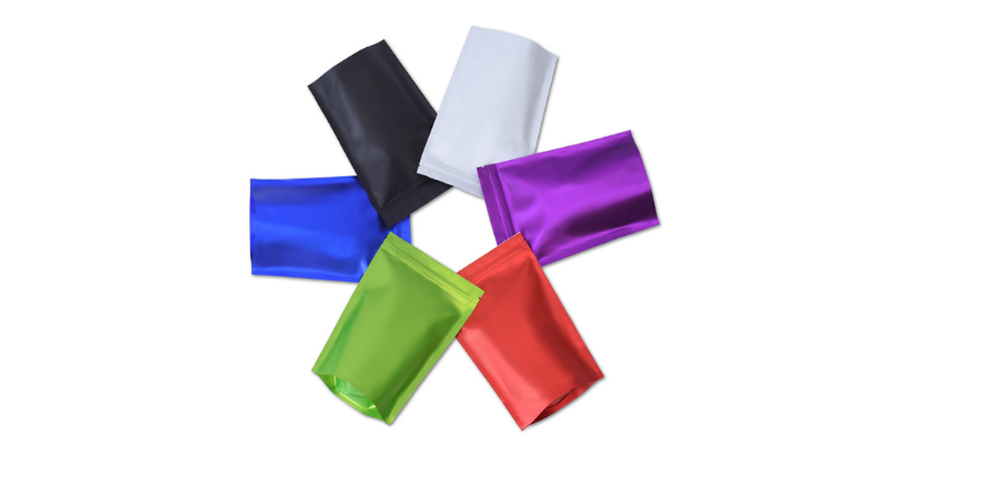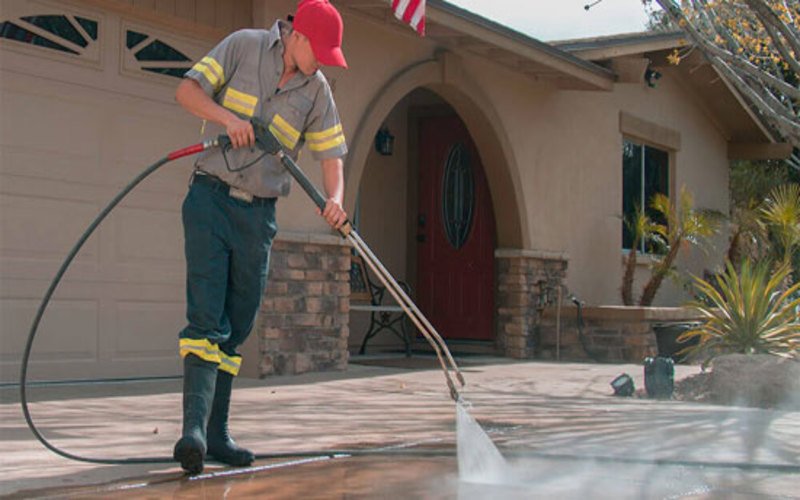If you’re new to the inspection process, you might be wondering how many items you need to evaluate to assure quality: should you check them all at once or in batches? In most circumstances, a 100 percent QC inspection takes a significant amount of time, effort, and money to complete, thus AQL random sampling procedures are more commonly utilized.
What is the distinction of both a 100% inspection and an AQL random examination? What strategy should I use in different situations? Should you choose a 100% inspection by sourcing company?
What Is Approved Quality Sampling?
AQL sampling techniques take one or maybe more random selections from your cargo and compare it to a flawless “golden” sample. Most of the time, they will adhere to the ISO 2859-1 (or ANSI/ASQ Z1.4) standard.
AQL sample procedures are typically classified into one of the three groups listed below:
- Single Sampling entails taking a single random sample.
- The double multiple sampling entails taking two or maybe more small selections.
- Consecutive Sampling entails inspecting samples one at a time till a decision is reached.
When To Do An AQL Sampling?
The advantage of AQL random sampling methods is that they keep costs and work volume low. This makes it beneficial if there is a low danger of damaged items.
AQL sample will be adequate in most circumstances, especially for those who work with many providers. This is exactly what you need to do if you operate with several providers and your quality system allows for 2-3% faulty items.
What Exactly Is A 100 Percent Qc Inspection?
A 100% QC inspection is exactly what it sounds like: a procedure that inspects the WHOLE cargo rather than a few random samples.
The advantage of this is that the examination is more comprehensive because each and every item is scrutinized for faults. The disadvantage is the cost and the degree of time/labor required.
When To Do An 100% Quality Control Inspection?
When your things are of great worth or are considered luxury items.
There is very little confidence that the provider has appropriate quality control measures in place.
You think that your supplier is replacing excellent batches with faulty ones.
100% QC checks are often reserved for items with stringent safety standards and a low tolerance for faults. They are seldom required for basic consumer-grade items.
If the quantity is small and the item is simple, it can be completed at the factory that produced the items. However, if the task requires 5 or maybe more days of labor, the cost will be much higher and may not be feasible.
What is the other option? Having the batch of items transferred to some other location in which the goods are placed on a line, inspected piece by piece by skilled operators, and (if acceptable) instantly repacked. It is far more effective and can be significantly less expensive than sending people out.
Which Quality Control Inspection Method Is Best For Me?
When deciding on the sort of QC inspection you require, consider your consumers’ preferences as well as the cost vs the expected advantages. In most circumstances, it may be preferable to use one of the more efficient and cost-effective AQL sampling techniques.

















